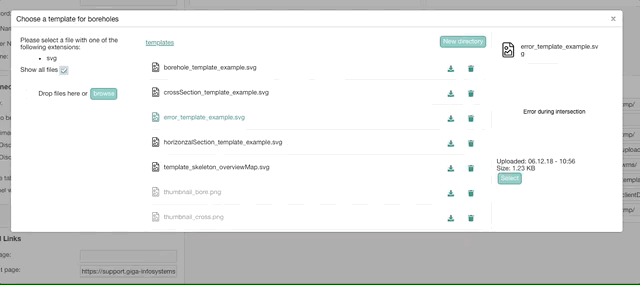Release of GST 3.2
März 6, 2019 12:54 p.m.GiGa infosystems and its team is happy to announce the release of GST 3.2.
This post gives you an overview of the new features and improvements of GST 3.2. Go ahead and try it yourself in our interactive Demo.
The new major features of GST 3.2 are:
- Handle Big Data enabled by Level of Detail for TINs
- Transparency for No-Data values on Grids
- Display more than one slice along X, Y or Z
- Sections for Grids
- Draping of sections onto textured lines
- MoMa Properties with GSTPy
- Customize the MoMa tree order
- Child count for Elements in the MoMa Tree
- Model-based viewlinks in GST Web
- FileManager for GST Web
Improvements:
- GST Web now caches some data to improve the initial loading time.
- The draping of WMS has been overhauled. You should notice significantly improved performance and fewer issues.
We also fixed several bugs:
- Special characters like Umlauts, em-dash and accents should yet again be displayed correctly in GST Desktop and GST Web.
- Fixed several problems with the upload of features in GST Web.
- Creation of Continuous Themes now works with Oracle as database system backend.
- Zoom to feature in GST Web now works for single point features.
- Multitude of issues with Internet Explorer 11 in GST Web have been fixed.
Handle Big Data enabled by Level of Detail for TINs
By implementing Level of Detail for TINs in GST Web and GST Storage, we enable you to display almost arbitrarily large triangular irregular networks (e.g. countrywide horizons). With Level of Detail, lower fidelity and thus quickly to load versions of a feature are used to more quickly present you with results in the web interface, drastically reducing the time it takes until the model can be manipulated or interacted with. Meanwhile, the high fidelity model will be loaded in the background and presented as soon as it is ready.
Level of Detail even helps with overall scene performance by presenting features further away from the camera in lower fidelity. This is possible because, from a distance, every single triangle cannot be distinguished from one another, allowing for a reduction of geometric complexity. This in turn saves computing power for features of interest, which are usually relatively close to the camera. As soon as you switch your attention to a different location, higher fidelity versions of features will be loaded on demand, making sure the model is visualized with the optimal amount of detail at all times. Check it out:

Transparency for No-Data values on Grids
We added support for transparent no-data values on grids.
This has the benefit that sparsely populated grids can be better visualized together with other data.

Display more than one slice along X, Y or Z
Displaying more than one slice along either the X, Y or Z axis.
This gives the option for an improved 3D impression of gridded data.
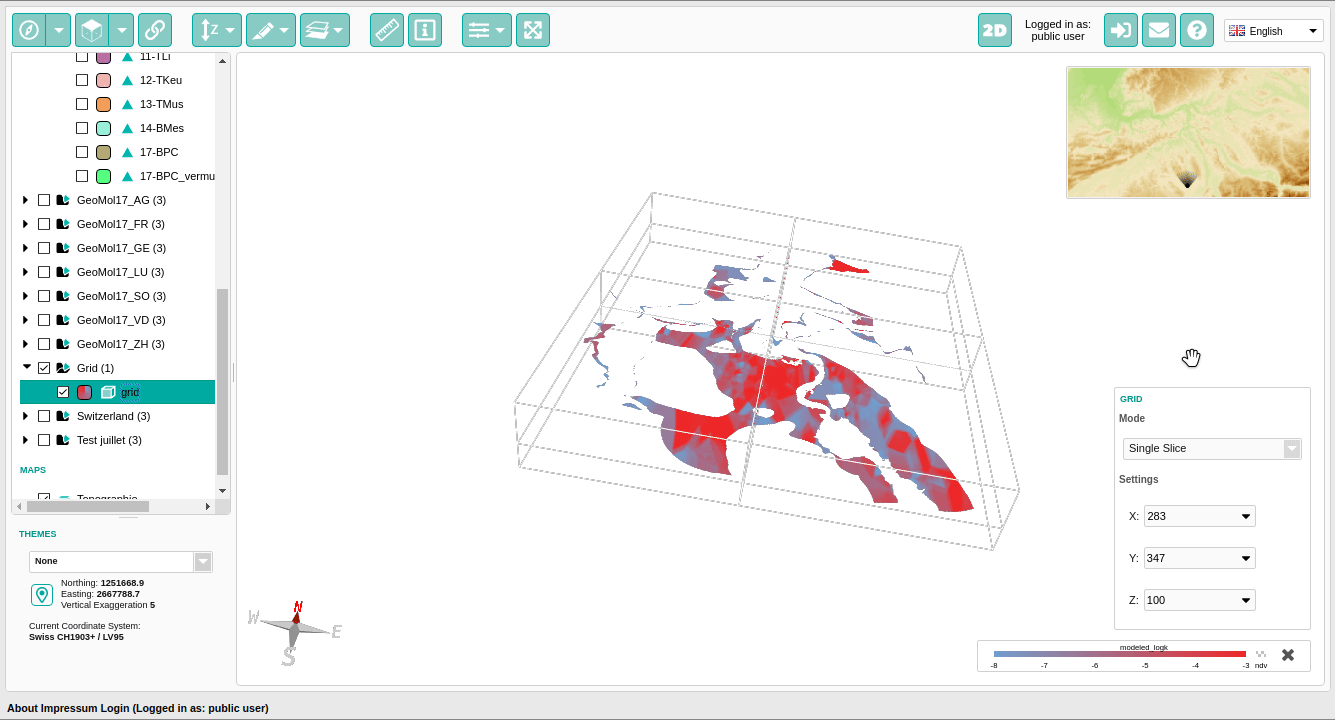
Sections for Grids
We implemented cross sections, horizontal sections and virtual boreholes for Grid geometries.
In the current implementation, each grid creates a separate image.
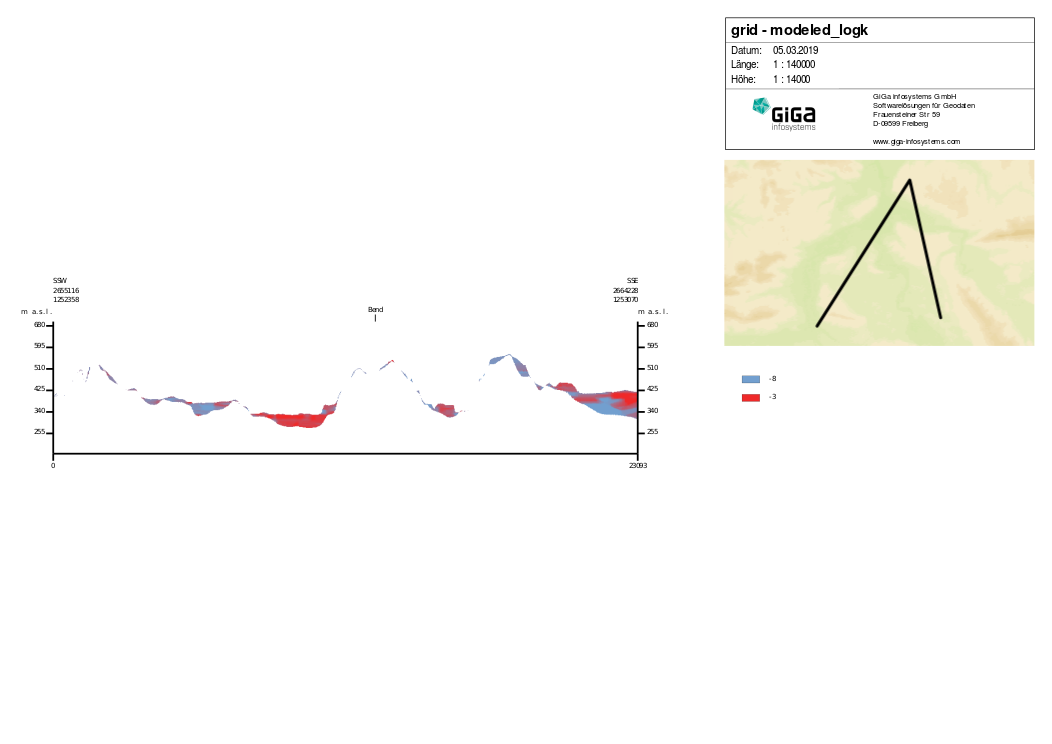
Draping of sections onto textured lines
Display your cross sections directly in 3D – even with a bend.
Combine your input data with your 3D models.
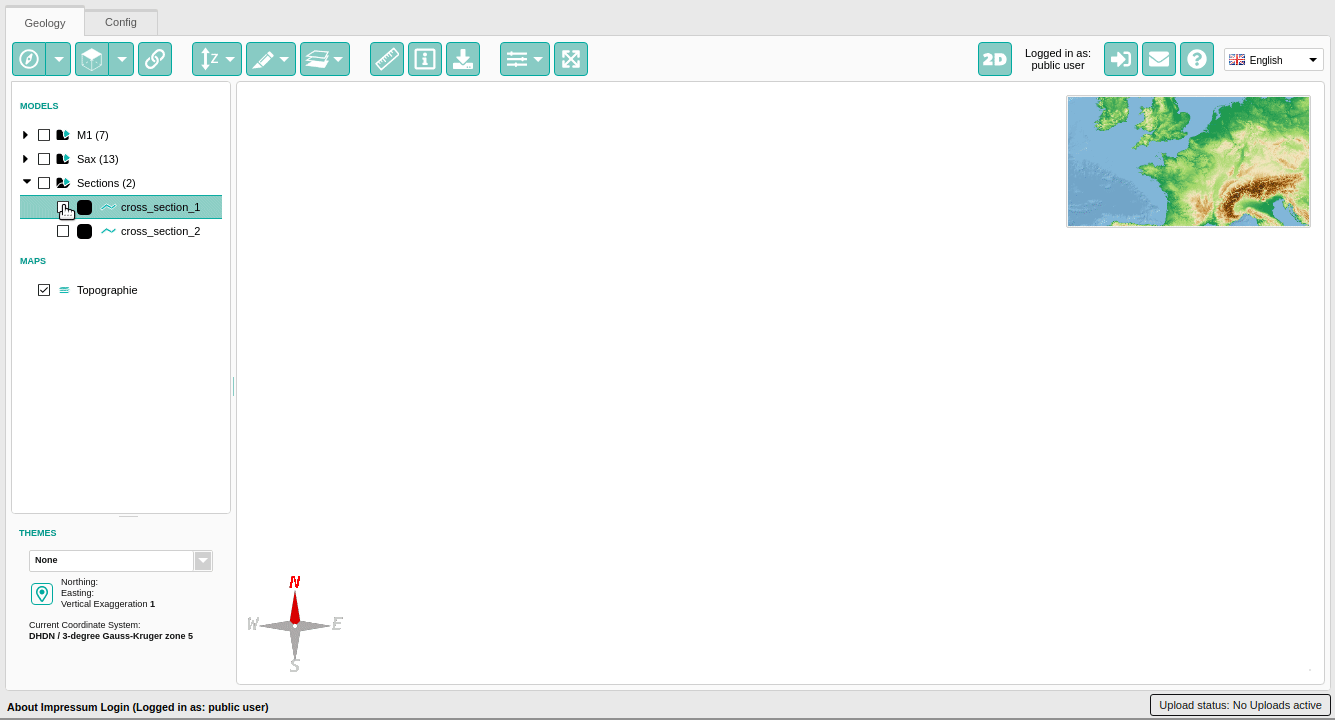
MoMa Properties with GSTPy
You can now read and manipulate MoMa Properties from GSTPy (GST Python API).
Please refer to our GST Python manual if you would like to see more complete examples.
Customize the MoMa tree order
You can now define a custom order of the MoMa tree nodes.
This order is stored consistently for all users and will be used in GST-Desktop and GST-Web. You can set the order in GST-Deskop by using drag and drop. This works for inserting new and reordering existing nodes.
Furthermore we removed some restrictions.
- The name of the MoMa Elements was previously required to be globally unique. Now it only has to be unique for owner and level.
- Previously, you could add MoMa Elements owned by a group only to nodes owned by the same group. Now there are no longer any ownership restrictions for adding MoMa Elements to the tree.
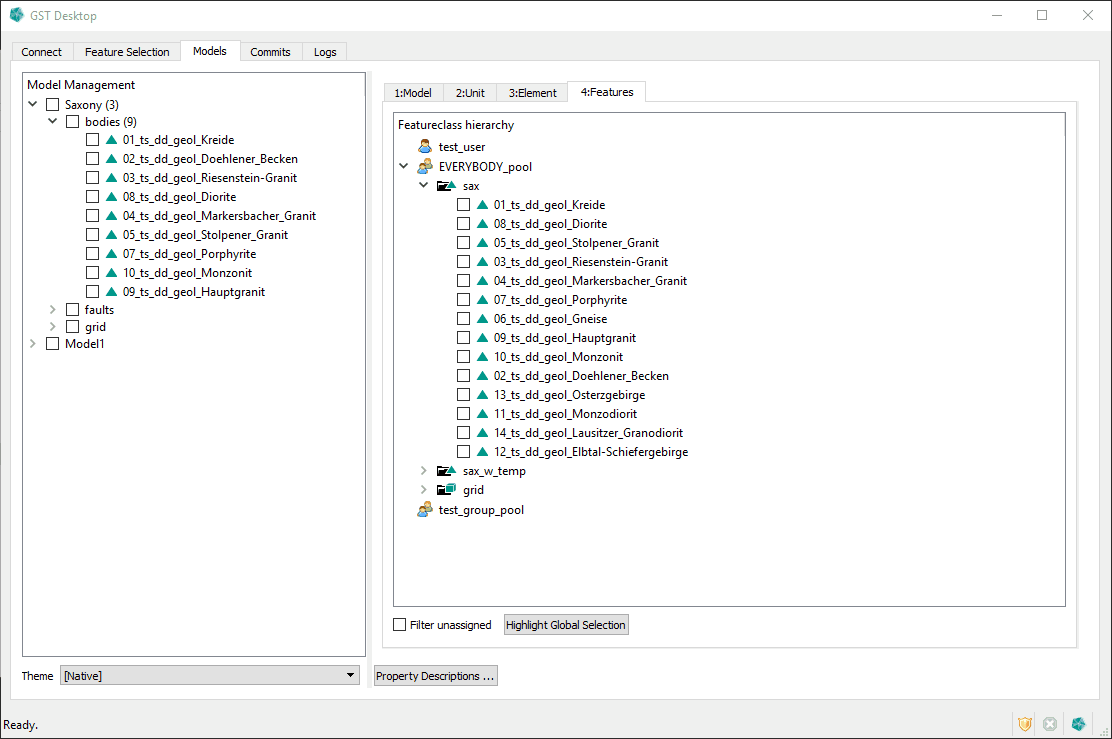
Child count for Elements in the MoMa Tree
Each Element node in the MoMa tree now shows the number of its direct children. This applies to the tree shown in GST-Web and GST-Desktop.
Model-based viewlinks in GST Web
We added a new mode to viewlinks that stores which Model Elements are checked in the tree.
The main benefit of this mode is that later modification to that MoMa subtree (e.g. adding new features) will be picked up without having to change the viewlink.

File Manager for GST Web
The new File Manager has found its way into the Webadmin interface.
The File Manager allows you to manage files and sub-directories inside your client data directory on the web instance. You are able to set intersection templates and add images or documents within the Content Editor.
We plan on integrating it into other places in the future.
